I’ve been testing out a few fitness trackers recently with mixed reviews. One that I kept getting asked about (here and in pubs) by people keen to pop something on their Christmas list was the Fitbit. So when the people at Fitbit asked if I’d like to try one, I said yes please and then I cheekily asked for their top of the range model.
As I said when I was on the radio the other week talking about fitness trackers, before buying one you need to think about what you want it to do. There’s a whole host of different things they can measure from heart rate, to how much your sleep, how many step you take and how many calories you burn in a day. And, of course, the more things your fitness tracker can measure, the more it’s likely to cost. But whether you need to know all these things will depend on what your goal is.
The Fitbit Surge (£199), sitting at the top of the Fitbit range, does a lot and it’s pretty simple to use. The first day I wore it I cycled to work. It has GPS and a start/stop button so I fired it off and off I went of my bike. I pressed stop when I’d finished and went about my day.
When it came to getting back on my bike to cycle to an appointment, I forgot about measuring it – it was only a mile or two down the road – but the Fitbit knew what was going on. So that evening, looking at the stats for the day it had four cycles recorded. The two that I’d turned the GPS on for had a map and the distances/speeds I’d travelled recorded, while the two I hadn’t bothered to start the clock for giving me time, calories and heart rate for the cycle.
The second day I woke up to see my sleep data. I wasn’t too bothered about this as I generally sleep pretty well, but it was fun to play the ‘how many times did I go to the loo in the night?’ game. Thinking about it a little more seriously, sleep is an important part of recovery from training and I imagine sleep tracking would be useful for people whose sleep patterns change a lot because of shift work to make sure they’re getting enough.
But I’m a runner, and a big part of my request to try the Surge was the fact that it has GPS and can therefore measure runs without the need to bring your phone along like some other devices. I went out on my usual 4 mile RUNCH at lunchtime – I know the route and where my watch usually beeps to indicate every mile and the Surge agreed with a little vibrate on my wrist to alert me.
But my favourite bit is the watchface that shows you how active you’ve been in the past hour when you look at the time – the more dots there are next to the minute, the more active you were.
To be brief: I liked the Fitbit Surge. It looks nice on my wrist and does the job I wanted it to do (measure runs and cycles and tell me how active I am during the day) as well as some things I probably don’t need it to but are fun (sleep tracking and showing me text messages).
It syncs with an app on your phone to give you a lot of information about your day and your activities but, unlike some brands, it works well independently from your phone. It can’t come swimming with me though, which is the only disappointment I had.
If you’re waiting for something like this to arrive at Christmas to kickstart a new exercise routine or start running, don’t wait, start anyway. You can get by pretty well for the first couple of months recording the time that you’re out running with a simple stopwatch.
Disclosure: Fitbit sent me the Fitbit Surge to try for free. I wasn’t paid to write this.
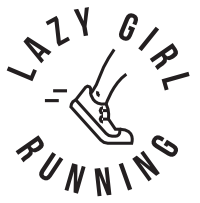
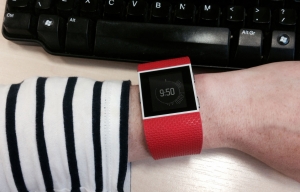
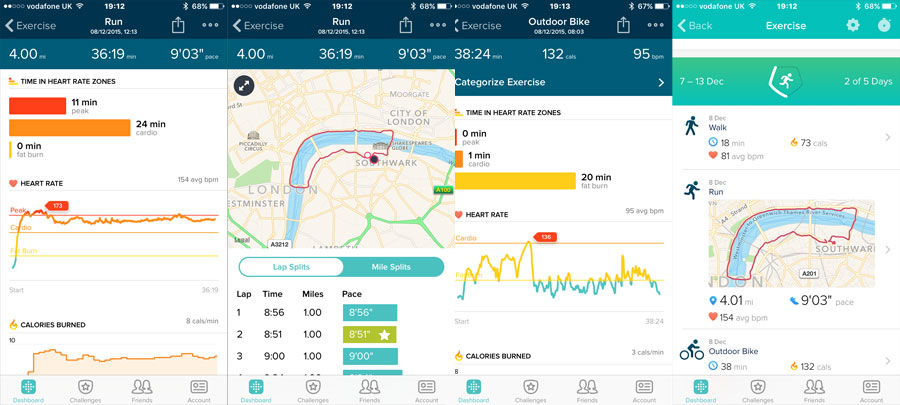


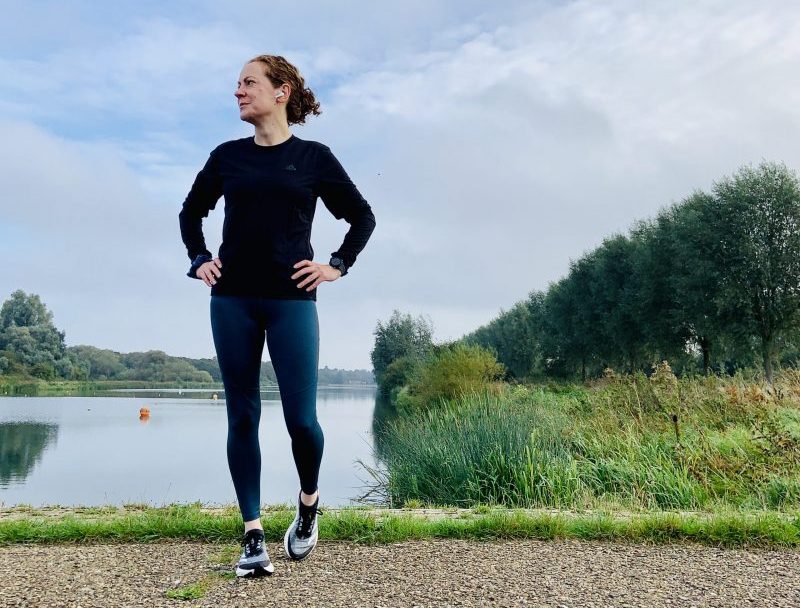
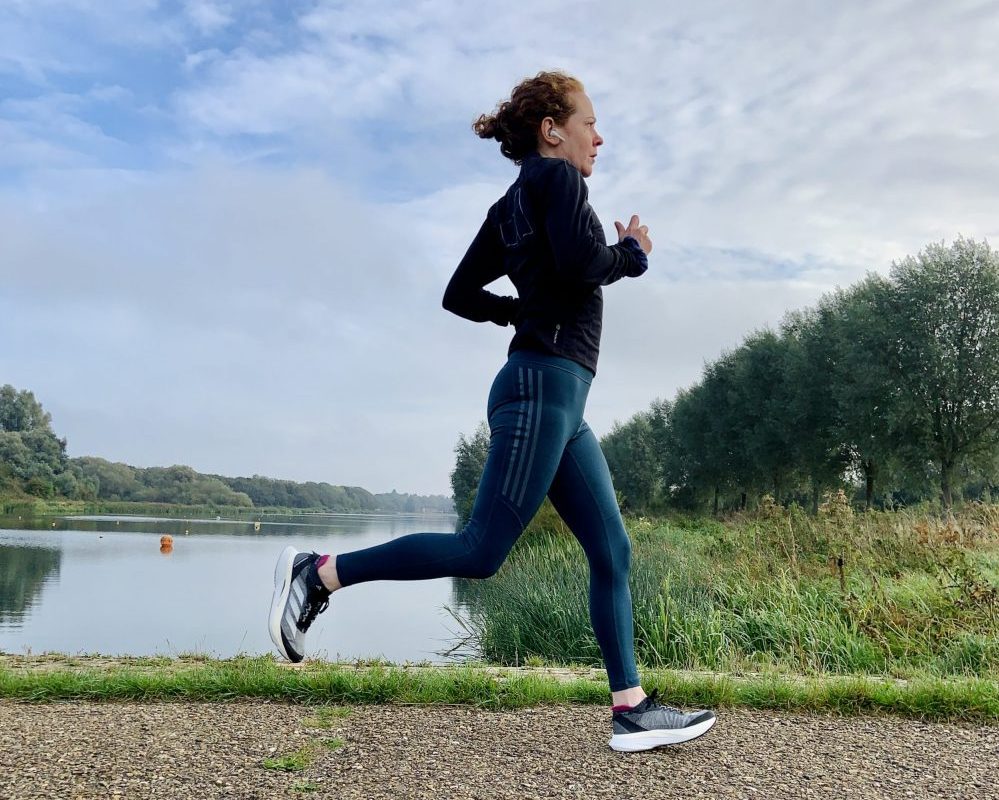
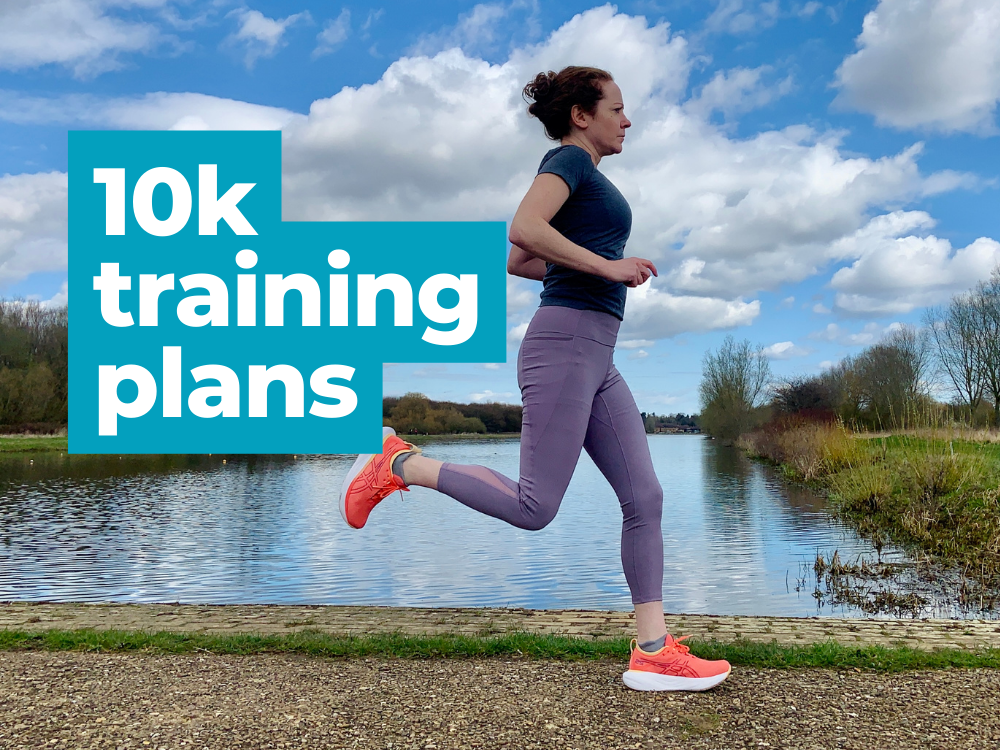
Nice work getting yourself into the position to work for yourself full time!! I aspire to that, but am still working on it.
I’m getting a Fitbit for Christmas and I’m so excited!!
A colleague has the Fitbit Surge, she doesn’t run but we walk a lot for work. It’s interesting to get back in the office and have her tell me how far we’ve walked – it’s always longer than I think! She likes the sleep tracker too.
I managed to get a TomTom cardio for £50 on Black Friday, it wasn’t my first choice but the price was very convincing! I haven’t used the hrm yet. It also relies fairly heavily on the desktop app, which is a bit of an issue as I have to wait until I’m at my boyfriend’s to borrow his computer. So as yet I don’t have it linked up with runkeeper or strava.